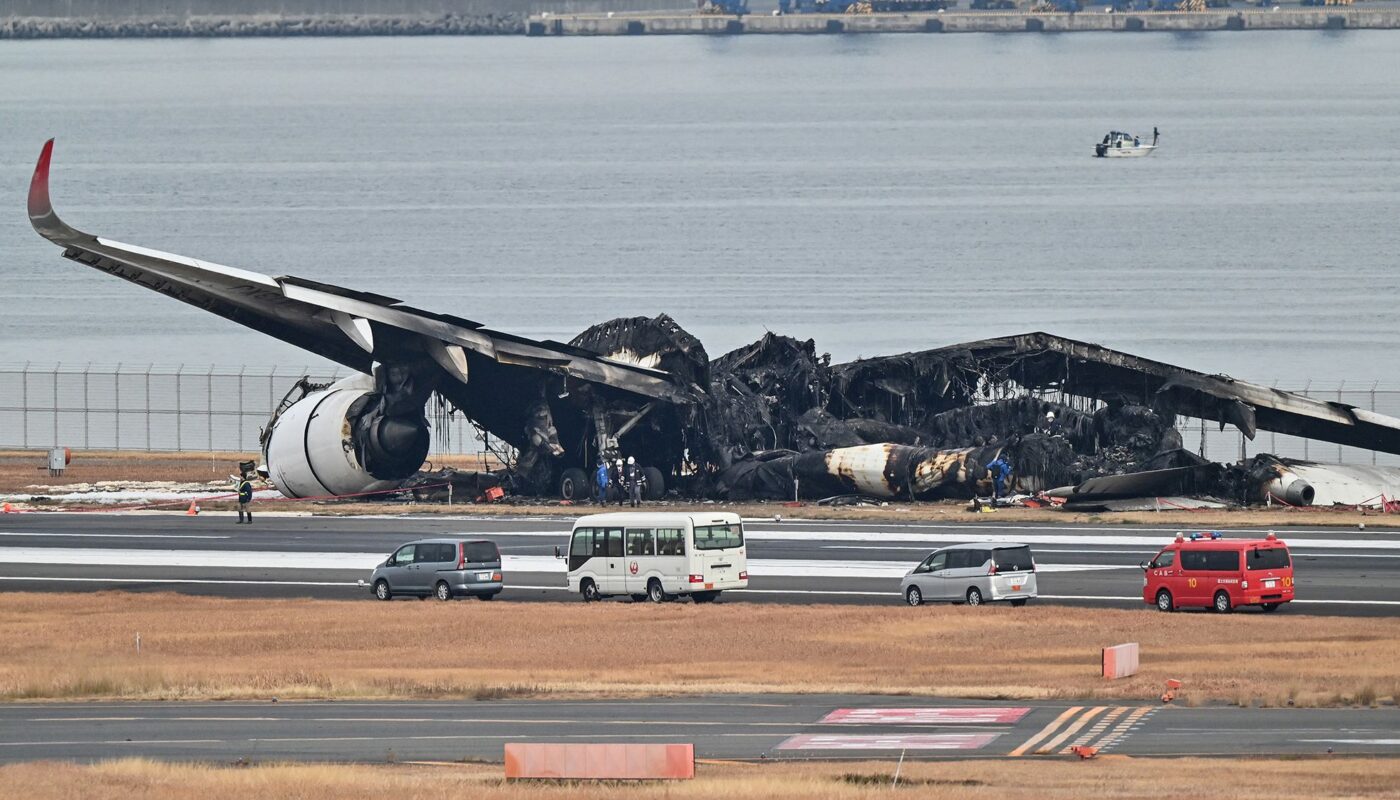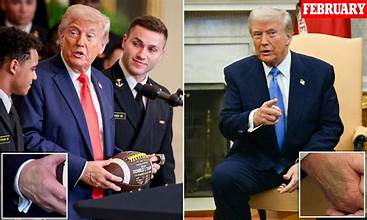The tragic events of September 11, 2001, forever altered the course of history. Nearly 3,000 lives were lost when hijacked airplanes struck the Twin Towers of the World Trade Center, the Pentagon, and a field in Pennsylvania. In the aftermath, while the world mourned, conspiracy theories rapidly took root, particularly surrounding the role and nature of the airplanes involved. Many questioned what really happened in the skies that day. This blog aims to shed light on the most persistent airplane-related myths and offer a fact-based perspective to dispel misinformation.
Myth 1: The Airplanes Were Not Commercial Jets
One of the most widespread myths claims that the aircraft used were not commercial airliners but rather military drones or missiles. This theory often stems from blurry footage and the disbelief that standard commercial aircraft could cause such destruction.
Reality: American Airlines Flight 11 and United Airlines Flight 175 were Boeing 767s, while American Airlines Flight 77 and United Airlines Flight 93 were Boeing 757s. These flights were all scheduled, boarded with passengers, and tracked by air traffic control. Dozens of civilian eyewitnesses in New York, Washington, D.C., and Pennsylvania saw the planes and identified them as commercial jets. Numerous calls were made from passengers onboard using onboard phones, further proving the aircrafts’ identities.
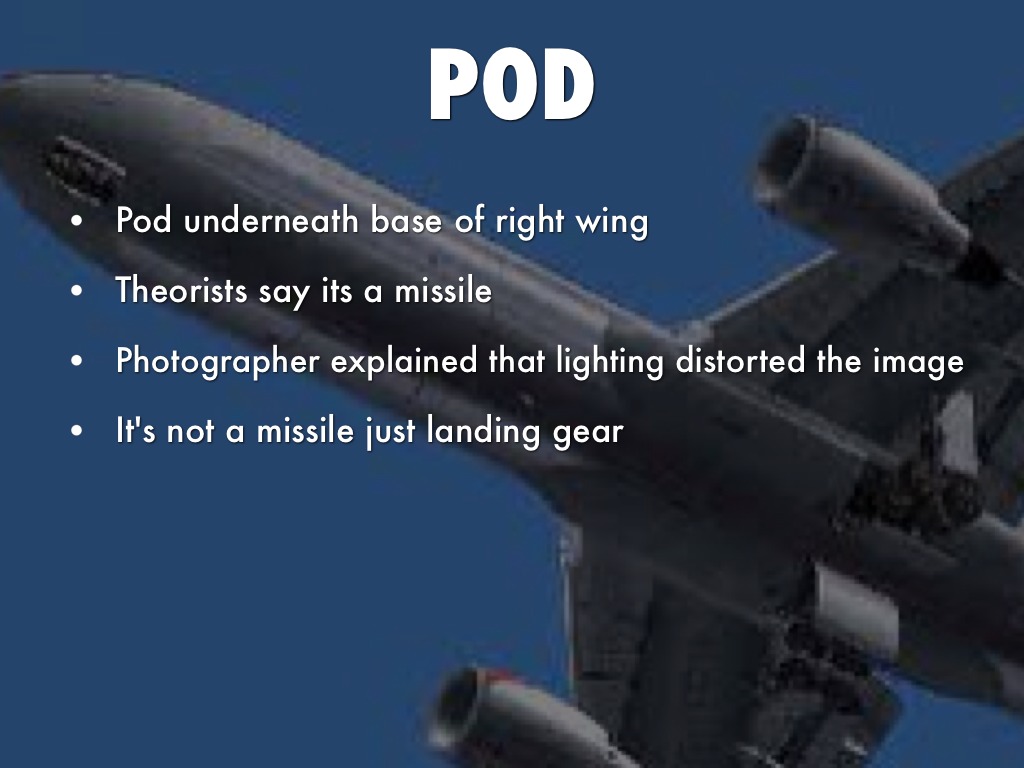
Myth 2: No Airplane Hit the Pentagon
Another myth suggests that no airplane struck the Pentagon, with some theorists arguing that the damage resembled a missile strike or internal explosion more than a jet crash.
Reality: American Airlines Flight 77 struck the Pentagon at 9:37 AM, killing all 64 people on board and 125 personnel inside the building. Multiple eyewitnesses, including drivers on nearby roads and Pentagon employees, saw the aircraft before it hit. Additionally, aircraft debris, including landing gear and fuselage parts, were recovered at the scene, and the DNA of passengers was identified and matched. Surveillance footage also captured the plane moments before impact.
Myth 3: The Planes Were Controlled Remotely
Some theories suggest that the planes were taken over via remote control, either by government operatives or external forces, rather than hijacked by terrorists.
Reality: Investigations concluded that al-Qaeda operatives boarded and hijacked the planes using knives and box cutters. Cockpit voice recorders and phone calls made by passengers and crew confirmed that hijackings were in progress. Remote control of commercial aircraft is not only logistically improbable (especially in 2001) but also completely unnecessary given the hijackers’ clear intentions and capabilities, as demonstrated through their flight training and coordinated actions.
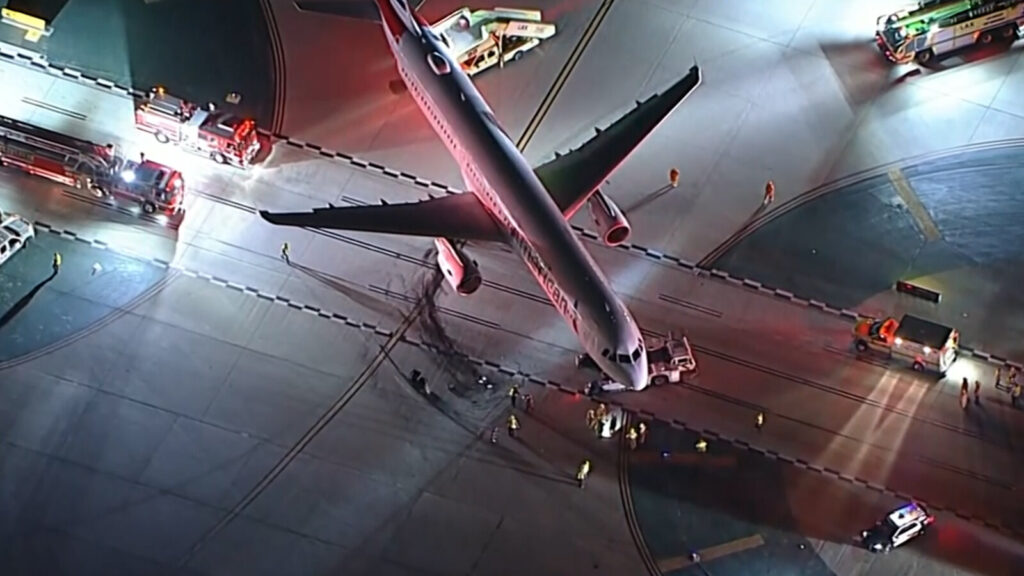
Myth 4: Jet Fuel Can’t Melt Steel Beams
This phrase became a rallying cry for 9/11 conspiracy theorists, implying that the Twin Towers could not have collapsed without explosives because jet fuel burns at a lower temperature than steel melts.
Reality: While it’s true that jet fuel burns at a lower temperature than the melting point of steel, this argument misrepresents how structural failure can occur. Steel does not need to melt to fail; it only needs to be weakened. Jet fuel and office fires heated the steel structure to a point where it lost up to 90% of its strength, leading to the eventual collapse of the towers due to structural failure and gravity.
Myth 5: Flight 93 Was Shot Down
United Airlines Flight 93 crashed in a field in Shanksville, Pennsylvania, after passengers attempted to overpower the hijackers. Some believe it was actually shot down by the military.
Reality: Evidence from the flight’s cockpit voice recorder revealed a struggle between passengers and hijackers. Investigators determined that the hijackers intentionally crashed the plane after realizing they would lose control. No missile debris or radar evidence supported the theory of a shootdown, and no military aircraft were in the vicinity in time to intercept.
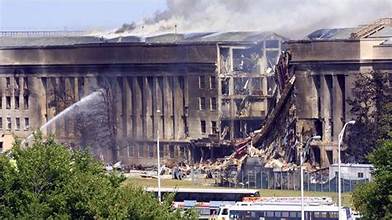
The Role of Disinformation and Why It Persists
Conspiracy theories tend to thrive in the wake of large-scale tragedies, where emotions run high and the truth feels too painful or complex to accept. For some, these theories offer a sense of control or clarity in an otherwise chaotic world. The internet has accelerated the spread of disinformation, allowing fringe beliefs to reach global audiences quickly.
However, it’s important to distinguish skepticism from misinformation. Skepticism is healthy and necessary in any democratic society, but it must be grounded in evidence and critical thinking.
Conclusion
The myths surrounding the airplanes used in the 9/11 attacks have been debunked repeatedly by independent investigators, journalists, and government agencies. The official account is supported by overwhelming evidence, including black box recordings, eyewitness reports, physical debris, and forensic data.
While the pain and trauma of 9/11 continue to resonate decades later, honoring the victims and learning from the event requires confronting the truth. By dispelling these myths, we uphold the integrity of factual history and ensure that such tragedies are neither misrepresented nor exploited by conspiracy theories.
